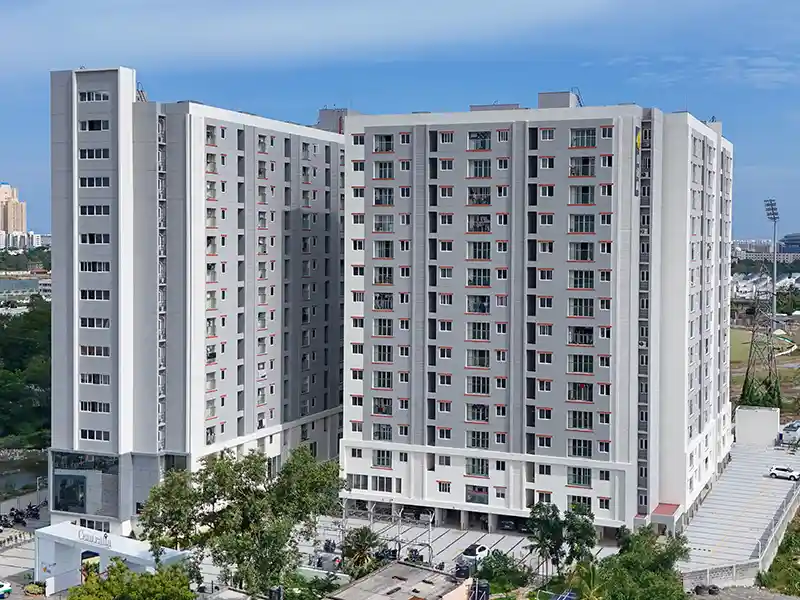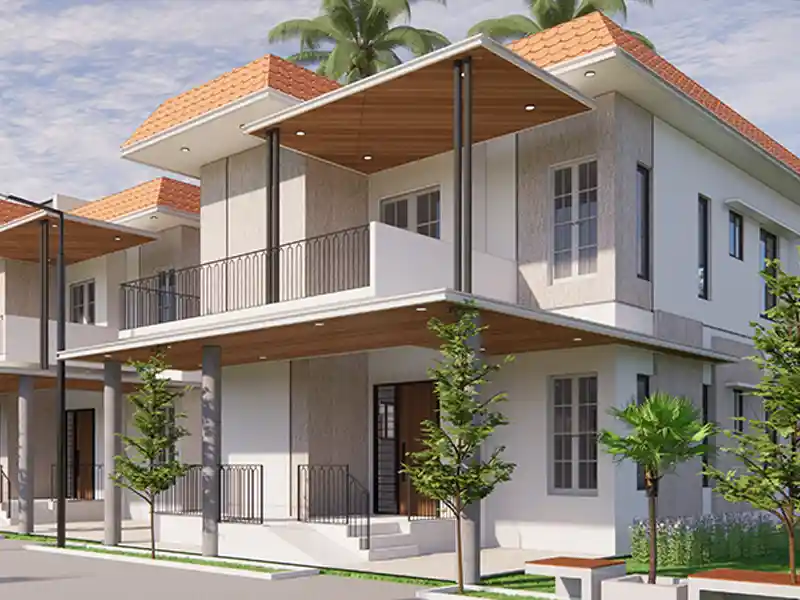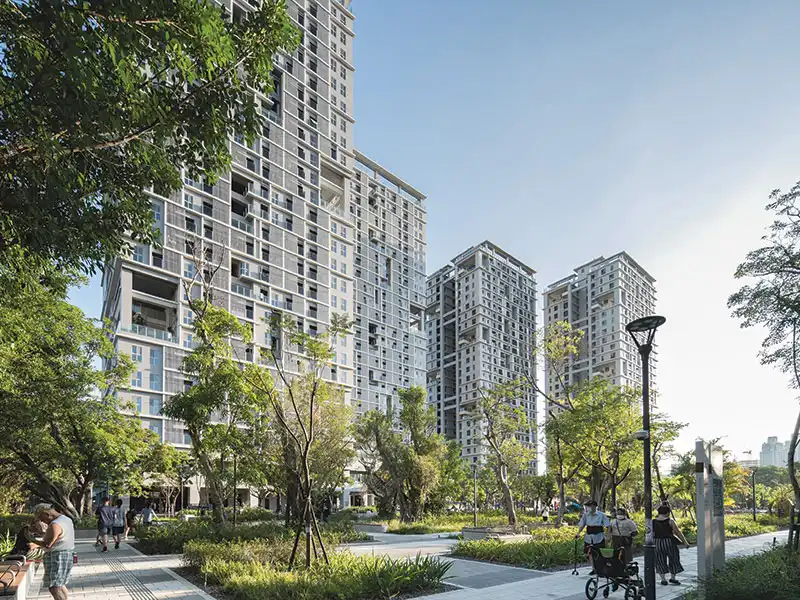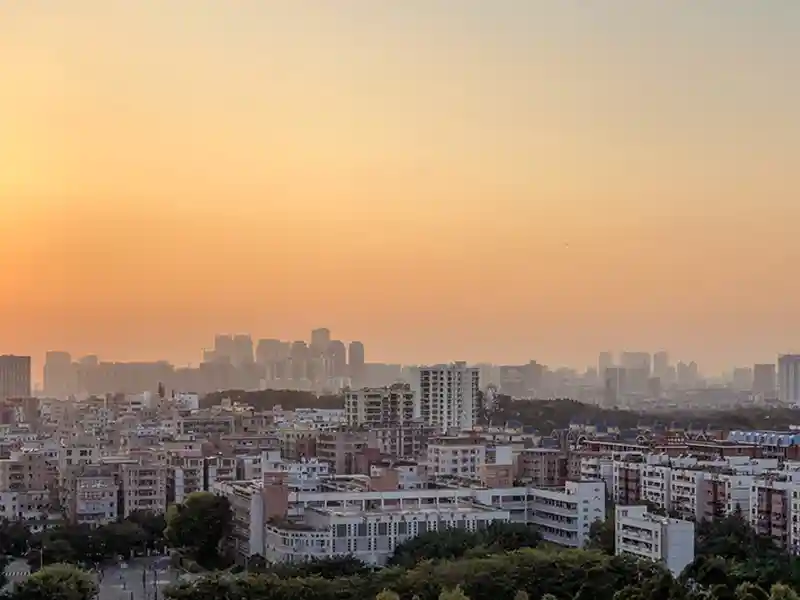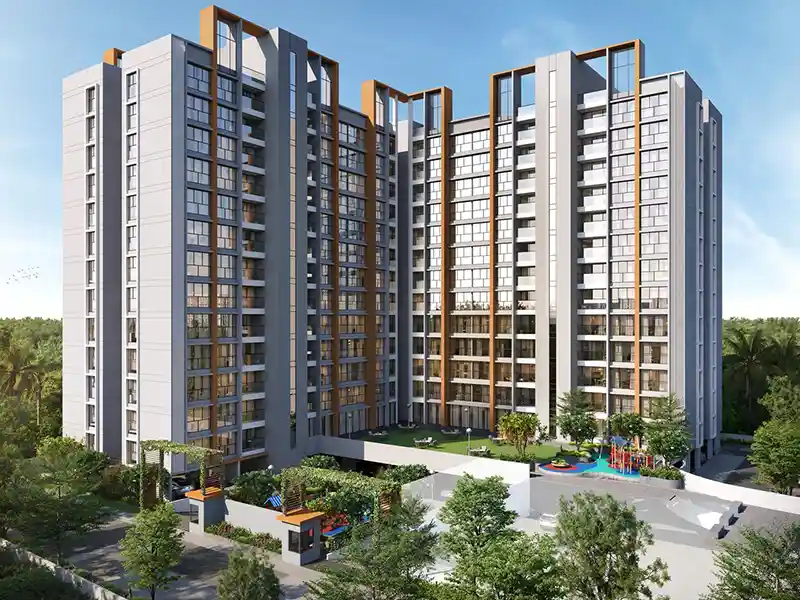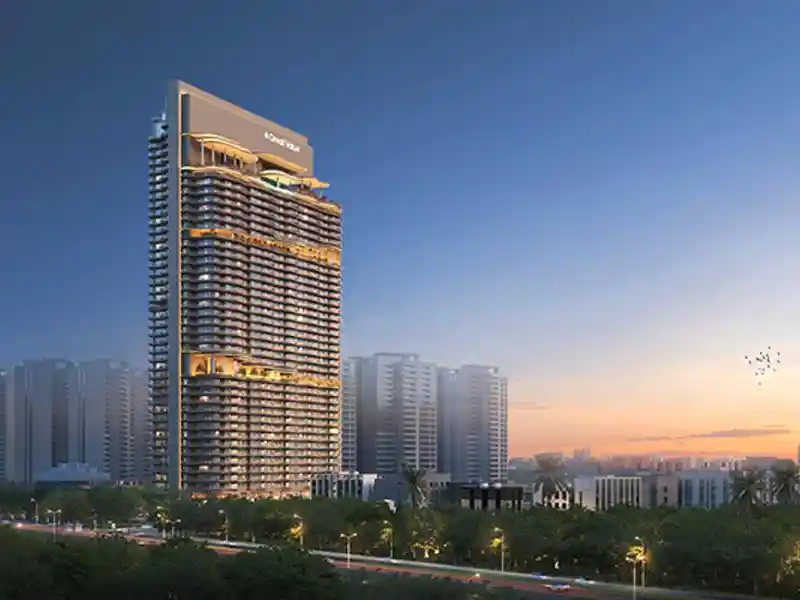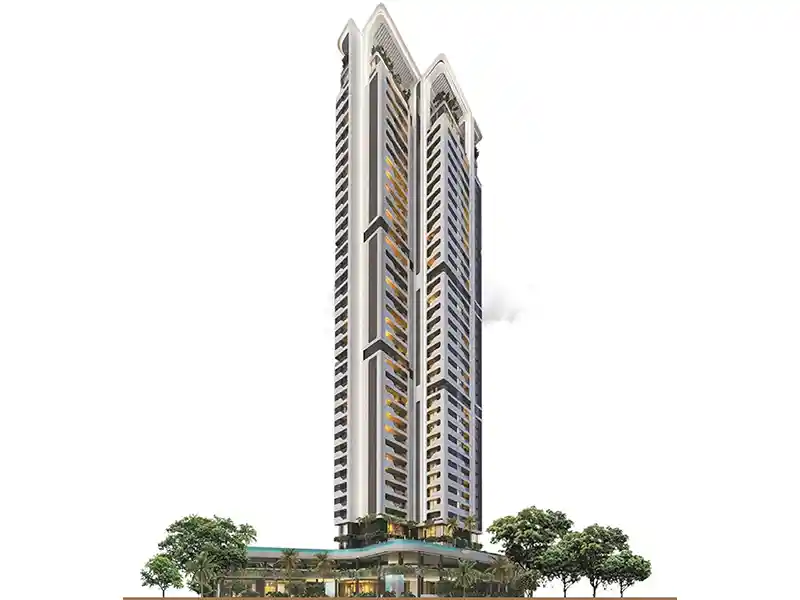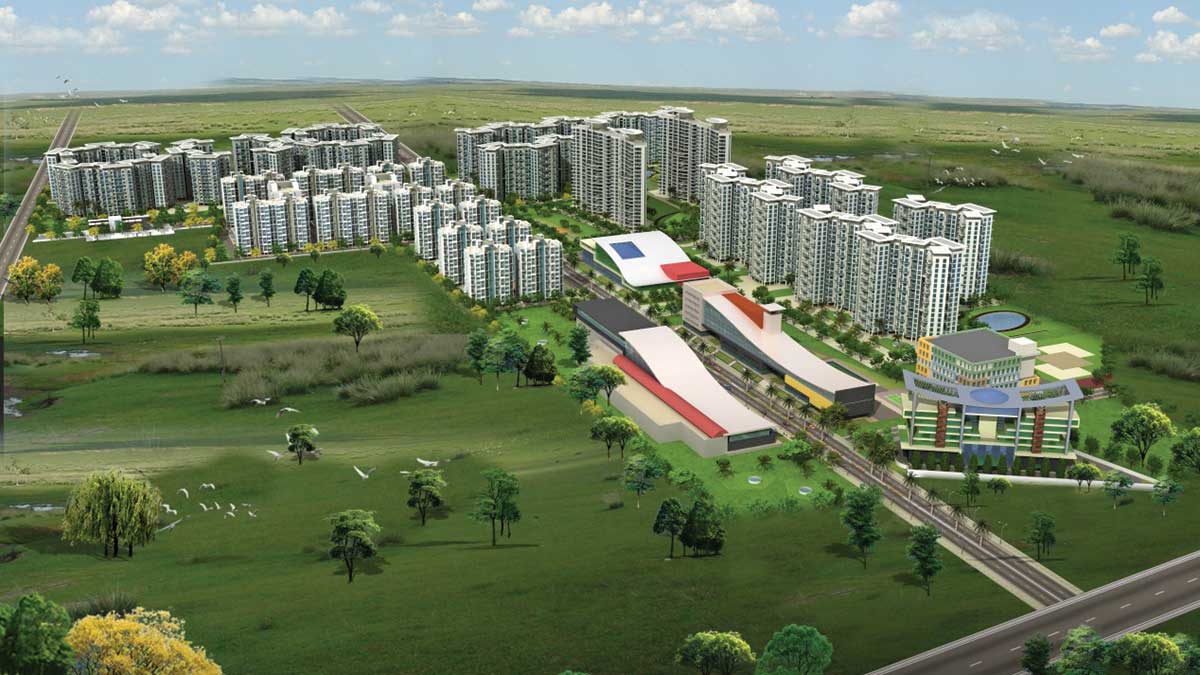
According to a recent UN Inter-governmental panel on Climate Change, global warming will increase the earth’s temperature by as much as 1.5 degrees Celsius in the next 20 years. Indian coastal cities like Mumbai, Chennai, and Kolkata have been put ‘on notice’, but all other cities will also be affected.
The global warming issue is no longer futuristic - it will affect us in our lifetime. Global warming has several reasons, but they all come down to one major factor - the unsustainable way we build and run our cities, live our lives, and exploit the planet without giving enough back.
With the alarm bells ringing, going ‘green’ is no longer just a buzzword among scientists and politicians. We must all take sustainability very seriously; it has become vitally important for each one of us to live the most eco-friendly life possible.
Real estate developers shoulder a major responsibility. An increasing number of homebuyers are willing to buy ‘green’ homes, but somebody has to build them. In fact, in the future, developers must only build genuinely green and sustainable habitats.
Scenario in India
In India, the rate at which we are depleting our natural resources is alarming. Most of the buildings being developed here are extremely wasteful and environmentally damaging. Globally, regular (read unsustainable) real estate consumes almost 40% of a country’s available energy, 30% of its existing natural resources, 20% of its available groundwater, and accounts for 20% of the land use. Besides using precious water and energy, urban real estate across the world generates 40% of a city’s carbon emissions, releases 30% of its solid waste, and adds 20% of its overall water effluents into rivers and seas.
In India, around 70% of the buildings to be completed by 2030 are still only on paper. In the UK, more than 80% of the buildings to be built by 2050 are already completed. With almost 70% of India’s building stock still to come up, we are using up natural resources much faster than the developed countries.
We are staring at tremendous environmental damage if things don’t change. Indian real estate developers and policymakers must wake up now. The need of the hour is to stop creating environmentally destructive real estate and build more green buildings instead.
No doubt, India’s green footprint is slowly rising. From just 20,000 sq. ft. of green built-up area in 2003, today there are more than 6,781 green building projects (covering over 7.86 billion sqft area) registered with the Indian Green Building Council (IGBC). Of these total green building projects, 33% are already certified and fully functional. But these green buildings represent only 5-7% of the total building stock in the country.
Reaping ‘Green’ Benefits
Green buildings have both tangible and intangible benefits. Reduction of water and energy consumption is a tangible benefit - green buildings use anywhere between 20-30% less energy and 30-50% less water.
Some of the intangible benefits are improved air quality, proper ventilation, healthy use of daylight and natural ventilation instead of electrical lighting and cooling, and improved occupants’ overall health.
And, equally if not more importantly, they slow down the process of environmental degradation - buying us a few more precious years to stop and reverse the damage we are causing with our real estate, our lifestyles, and our industrial policies.
When more citizens begin to demand green homes in sustainable projects, the market will respond with more supply of such architecturally designed green homes
Anil Pharande
A Wakeup Call
If there are so many benefits to green buildings, why are we not building more of them?
One reason is the all-around lack of awareness. Indians need to educate themselves about the benefits of living in green homes, and developers need more incentives to build such homes. Such incentives can include (but are not limited to) an easier approval process, making land for green buildings available at lower rates, and providing GST benefits on raw materials used in constructing green buildings.
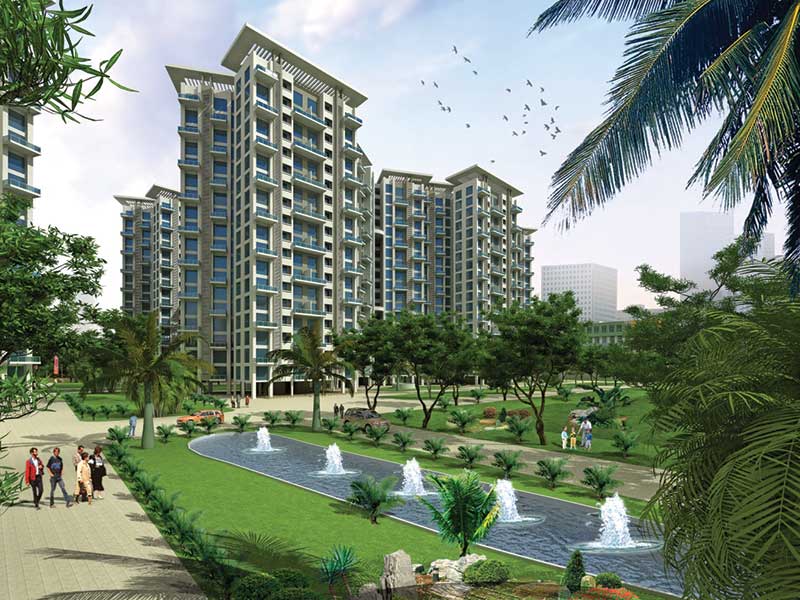
The benefits are much higher in integrated townships, where the entire ecosystem is built on and around sustainability principles. Because of the economies of scale, such townships deliver more green benefits to the residents as compared to smaller projects.
What is the Government Doing?
The problem is obviously a national one that involves industrial policies and overall economic decisions. However, land and land use is a state subject - in other words, each state is individually responsible for its environmental impact.
At the local level, some state governments have been pushing certain mandatory rules concerning sustainability. For example, civic bodies like the Pune Municipal Corporation (PMC) and the Pimpri Chinchwad Municipal Corporation (PCMC) have since long made rainwater harvesting provisions and facilities compulsory for standalone buildings and housing societies.
The newer integrated townships have all the required sustainability features, as a matter of course. In all other cases, all new buildings with more or equal to 150 flats need a sewage treatment plant in the project. But more often than not, the installation and operation of green features are not taken seriously. Even if solar panels, rainwater harvesting, water/sewage treatment, and natural composting have been set up, many housing societies do not maintain them properly.
Tackling India’s Larger Environmental Challenge
Addressing the sustainability imperative does not end with green buildings. The major task of local governing bodies is to make cities and human settlements more inclusive, resilient, safe, and sustainable in the long run. Already, development authorities like the PMRDA are working to take a greener path by implementing environment-friendly green technologies for infrastructure development. Green infrastructure reaps not only economic benefits but also ecological ones.
In some better-planned Indian cities, transit-oriented development is now the new norm for future urban centers. With the reforms in land-use regulations, developers are given more freedom to construct mixed-use and higher-density developments.
While the government has laid down several rules for maintaining ecological balance, it is also the prerogative of local authorities to check if they are being implemented at the ground level. They need to efficiently weigh the economic impact of a particular project versus its ecological impact.
India’s future cities must be built as per geographical requirements, achieve optimal residential density, integrate transportation and land-use, ensure motor vehicle-free areas, depend more on locally owned and operated stores, and have walkable neighbourhoods within their urban planning designs. In simple terms, urban planners must expand on the model of integrated townships and start creating integrated cities.


